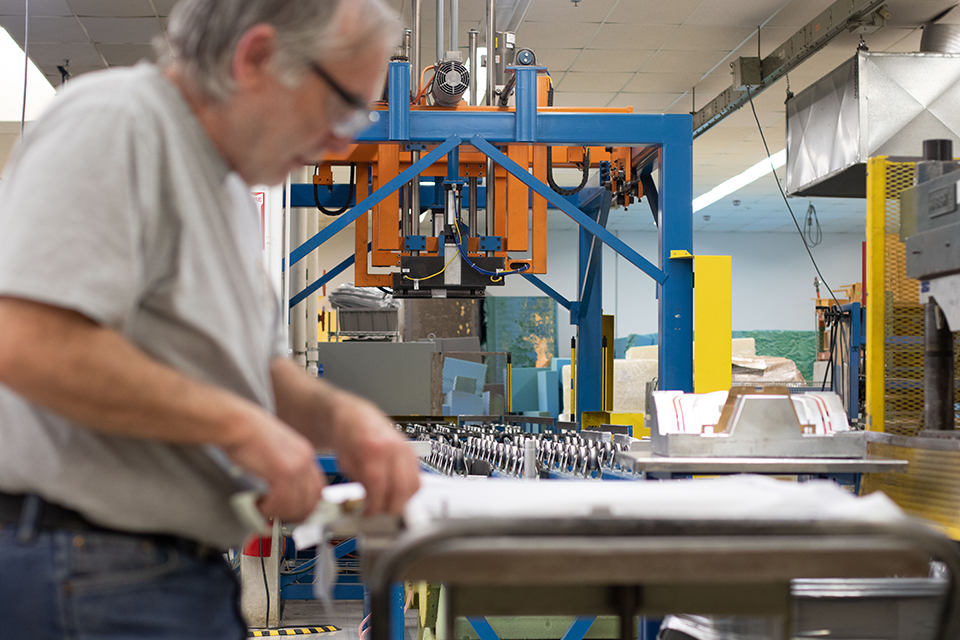The Surge of Contract Manufacturing Services in the Healthcare and Medical Device Industries: Meeting the Growing Demand for Medical Devices
The healthcare and medical device industries are undergoing a significant shift, driven by advancements in medical technology, an aging population,...

 which makes it ideal for applications where reducing weight is crucial, such as in prosthetics and surgical instruments.
which makes it ideal for applications where reducing weight is crucial, such as in prosthetics and surgical instruments. In orthopedic surgery, carbon fiber is used to create durable and lightweight implants. These implants, including plates, rods, and screws, provide the necessary support and stability for bone healing while being less intrusive than traditional metal implants. The radiolucency of carbon fiber also allows for clear postoperative imaging, helping surgeons monitor the healing process without interference.
In orthopedic surgery, carbon fiber is used to create durable and lightweight implants. These implants, including plates, rods, and screws, provide the necessary support and stability for bone healing while being less intrusive than traditional metal implants. The radiolucency of carbon fiber also allows for clear postoperative imaging, helping surgeons monitor the healing process without interference.






